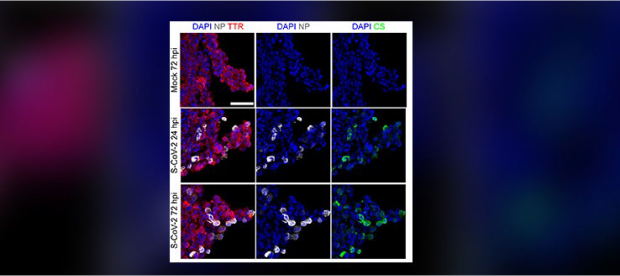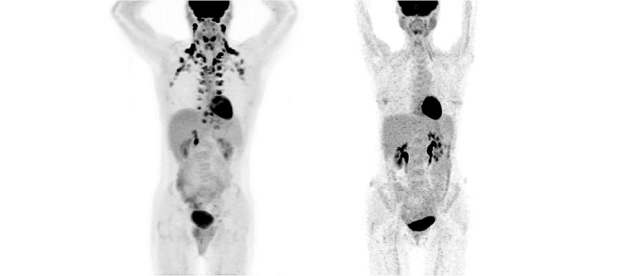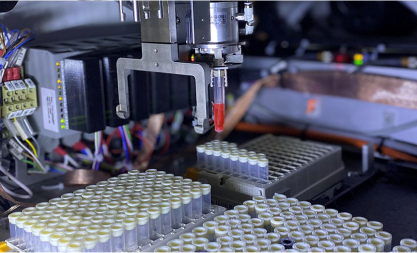Cross-Disciplinary Team Science
NCATS engages experts across disciplines, fields and professions to advance research.
How a Multidisciplinary Team Built a Library of 10,000 Chemicals to Deliver Safer Medicines
People are exposed to thousands of environmental and chemical agents, and testing their toxicity can be costly. The methods scientists use typically test only one chemical compound at a time over months or years. To speed up this process, NCATS scientists and federal partners with expertise in toxicology, informatics, chemistry and biology created a vast chemical library that scientists can use to probe the possible toxic effects of compounds quickly and efficiently.
The library is part of the Toxicology in the 21st Century (Tox21) program, a research collaboration among NCATS, the National Toxicology Program (NTP) at NIH’s National Institute of Environmental Health Sciences, the U.S. Environmental Protection Agency (EPA) and the U.S. Food and Drug Administration (FDA). Tox21 aims to develop new ways to determine whether substances can be harmful to human health.
The Tox21 chemical library combines libraries from the different federal agencies into a set of approximately 10,000 compounds spanning environmental chemicals and FDA-approved drugs. Public release of all research data is a hallmark of the program.
Because the Tox21 chemical library includes the NCATS Pharmaceutical Collection — a group of compounds representing more than 90% of all FDA-approved drugs and some drugs still in clinical trials — Tox21 investigators can test directly for toxic side effects of drugs approved by the FDA or by European Union, Japanese, Australian, or Canadian authorities.
During the COVID-19 pandemic, scientists used the Tox21 compound library to rapidly test thousands of potential therapies to assess how they worked and if they were toxic to cells. Researchers also used Tox21 to identify more than 100 compounds that interfere with acetylcholine, a neurotransmitter vital to the brain’s nerve cells and to muscle movement. Reduced acetylcholine activity is linked with such conditions as Alzheimer’s disease and myasthenia gravis. In addition, scientists from the Tox21 group have tested about 500 topically applied compounds to assess their risk of sensitizing and irritating skin. The study is a key initial step toward replacing animal tests with bioengineered skin models.
The Tox21 program has also shaped federal regulatory processes. Tox21 researchers created tests assessing chemicals’ effects on the body’s response to the hormone estrogen. Those tests are now part of regulatory agencies’ recommended tests to evaluate how chemicals affect estrogen receptors.
“With Tox21, we want to streamline the testing process for a chemical, yet still tell how it may be dangerous to people or say with some degree of confidence that it will be safe,” said NCATS Scientific Director Anton Simeonov, Ph.D.
Learn more about how Tox21 unites expertise across scientific disciplines to streamline the chemical testing process and speed new therapies to those who need them.
More Team Science Stories
Tissue Model Approach Provides Clues to SARS-CoV-2 Brain Infections

CTSA Program-Supported Researchers May Turn Brown Fat into an Ally Against Obesity




